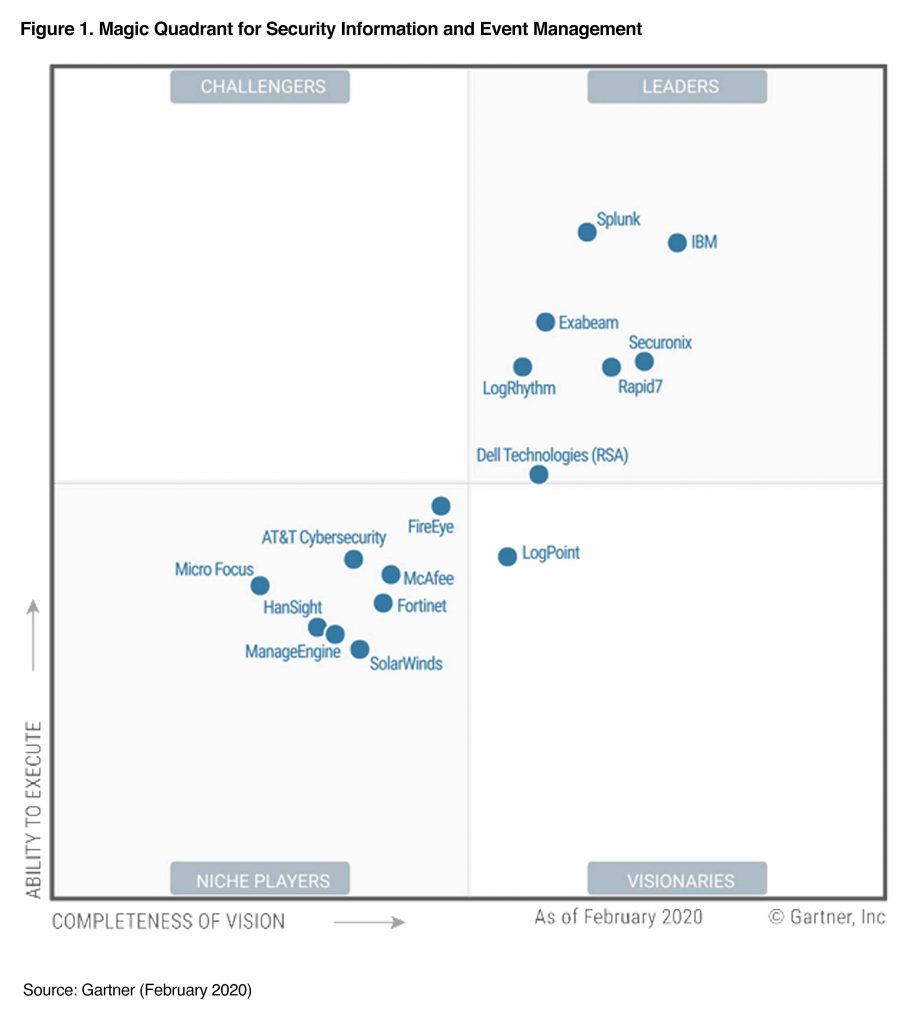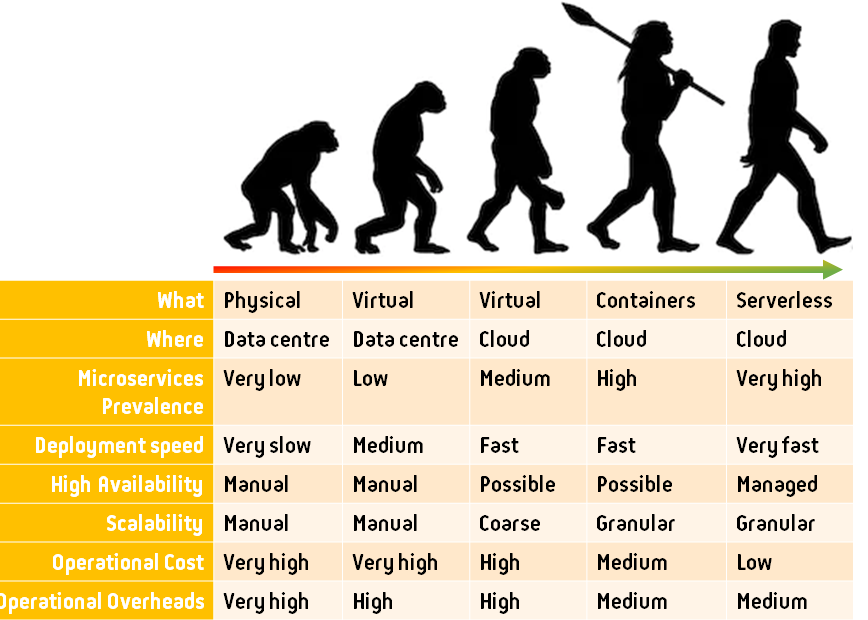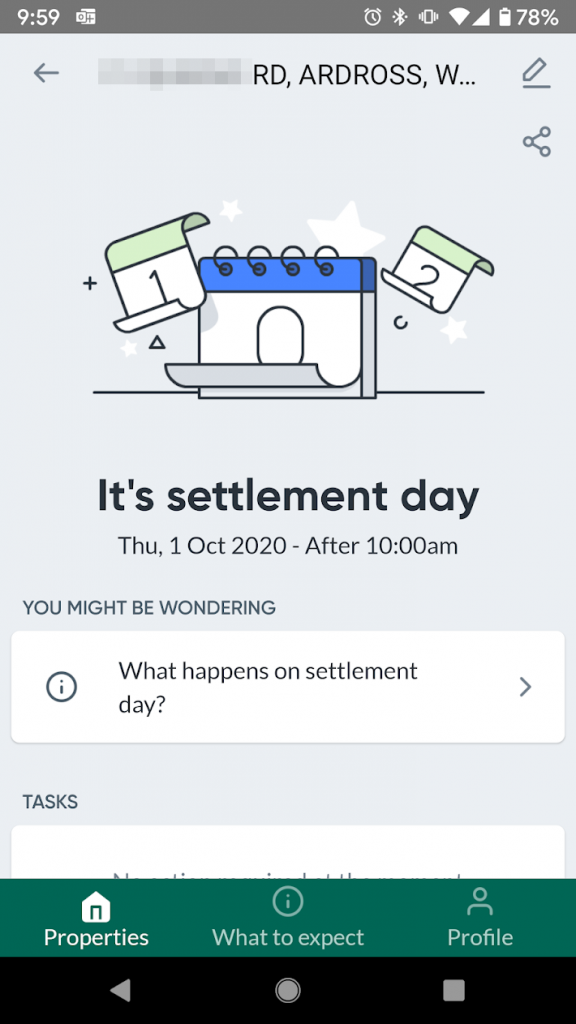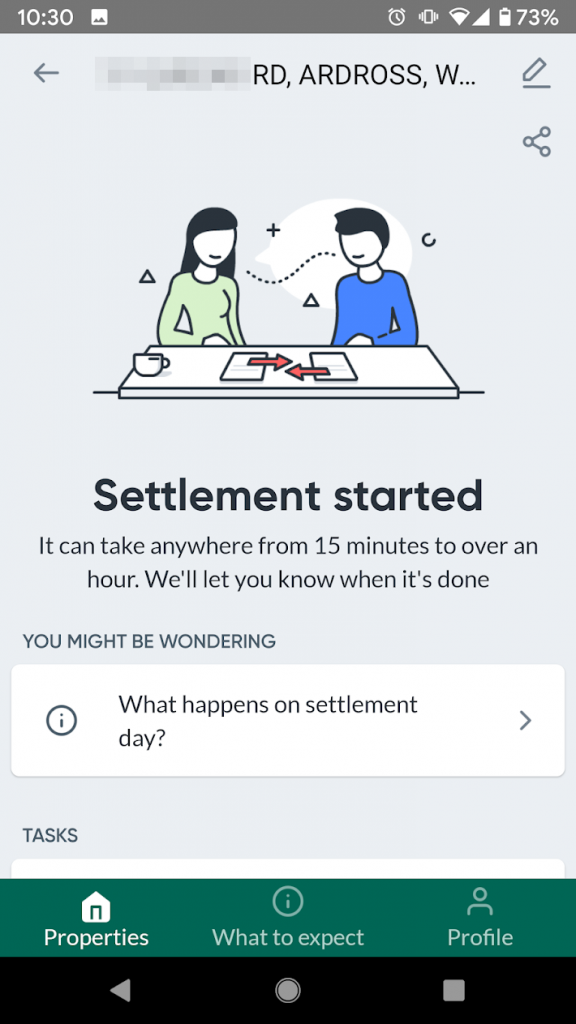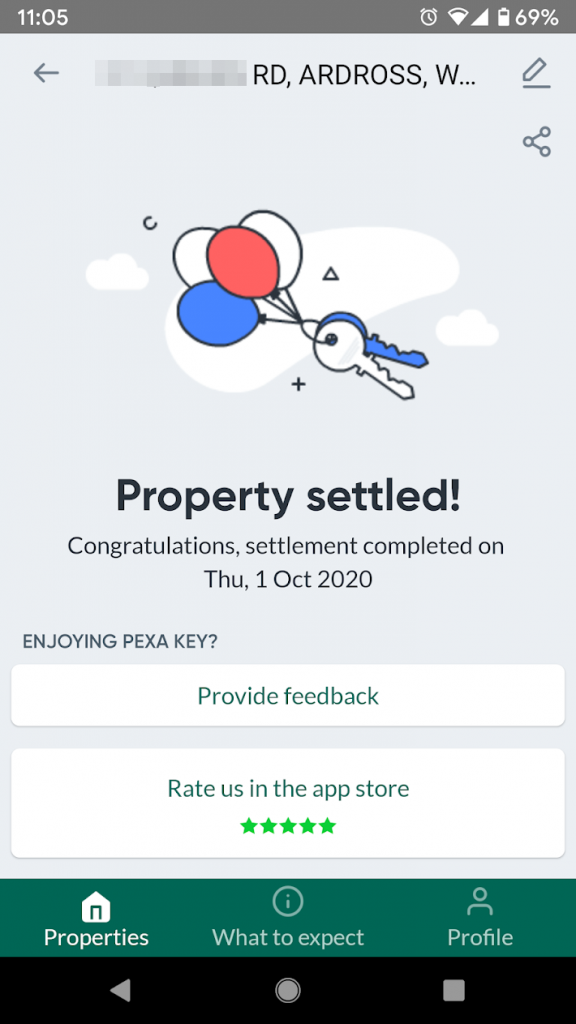I switched to a 1 Gb/s NBN connection a few months back, but it soon became apparent that the original Unifi Security Gateway (USG) is no match for 1 Gb/s link.
While I love the Wifi access points, the management interface, and the rapid firmware updates, throughput limitations of the USG only became noticeable when the link speed went up. Ubiquity Networks, the manufacturers of the Unifi range, has released faster products – the throughput being the major selling point. And of course, the pricing goes up accordingly.
But in thinking of the current top-of-the-line device, the DreamMachine Pro, it kind of gives me some pause for consideration.
The device has two “WAN links”; one is an RJ45 gigabit Ethernet port, the other is a 10Gb/s SFP slot for a fibre GBIC. I’d love to have a fail-over Internet connection, but the fibre connection isn’t an advantage to me.
Ubiquiti are not selling their LTE fail-over device in Australia. I’d have to drop the 10 Gb/s SFP port back to a vanilla 1 Gb/s RJ34 copper port to plug into an alternate LTE device. But then again, carrier plans for this pattern are expensive.
However, it could be that I have two RJ45 Internet connections; my NBN connection affords me up to 4 ISP connections in the fiber-to-the-premesis that I have available. Now, the upstream link from my CPE to the Point of Interconnect (PoI) may be limited to 1 GB, but having the ability to fail-over to another ISP may be useful. Or I may ant to route traffic by port or Service to a different link (eg, VPN traffic over Link #2, or Web Traffic over Link #2, or perhaps just streaming video from some specific providers over alternate link.).
The Dream Machine also has a built in 8 port switch (EJ45), but none of the ports are Power over Ethernet (POE). After all, the majority of links going in to this are going to be WiFi access points directly, and linking an 8 port PoE switch in here seems a waste. A long tail of customers would find this fills their needs without having additional switches to worry about.
I would also have expected more ports here, given the cost of the device: say 16 ports, even if only half of them were PoE.
The inclusion of Protect for video cameras is a neat idea, but having two local disks to RAID together would be nice. I have shied away form on=premise storage, but for large volumes of video, I still like having the highest bandwidth version not traversing the WAN. So Its great we have one disk option available, but it could be so much more awesome if we just had some local resilience.
Of course, if Japan has residential 2 Gb/sec Internet connection, then would this device still be usable? I’m guessing Australia will max out on 1 Gb/sec for a while…
So, trying to decide if I dive in for the current DreamMachine Pro, or wait until it’s tweaked…..

